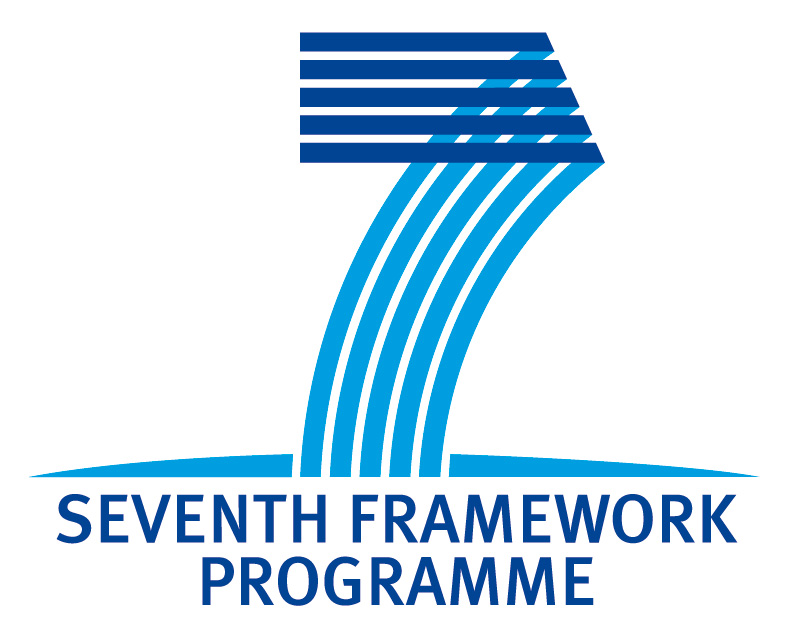The PERNASVIP work plan has been implemented within seven interlinked work packages and one management work package as presented in the figure below.

WP1 will deal with the characterization of the overall PERNASVIP application architecture. Starting from users’ analysis and key customers’ values, the various technological solutions to be considered for the improvement of the GPS receiver already developed at NAVOCAP will be analysed with the ultimate objectives to optimize accuracy, availability and reliability of GNSS based measurements.
WP2 will consist in improving the current GPS receiver developed by NAVOCAP through the development of specific EGNOS/EDAS treatment filters and algorithms enabling visually impaired people to assess their position in urban environments more quickly and accurately.
WP3 will address the development of a multimodal itinerary planner, while assessing the key navigation parameters to be taken into account by visually impaired people when moving within urban environment. Another important step will be the design of the middleware required to centralize multilayer data contents (public transport databases, city GIS databases) and the interfacing with the itinerary computation tool.
In WP4, the web service application platform will be developed. The service platform will allow the exchange of data between the user and the server such as journey information entries and itinerary calculation. Users will also be able to manage their subscription to the service, share experiences with the community and enrich the local GIS system.
WP8 will deal with the integration of the different technological components developed in WP2, WP3 and WP4 into an operational prototype. An iterative process will be applied between the validation phase (WP5) and the development phase, until the prototype fulfils technical and users’ requirements. Last but not least, in WP5, the PERNASVIP prototype will be tested in real conditions in Guipúzcoa and Toulouse by thirty members of local associations of blind and visually impaired people.
The dissemination and exploitation plan of the project outcomes will be undertaken in WP6 with the ultimate objective to launch the PERNASVIP commercialization rapidly after the project completion. A business plan will be built which will highlight the major market segments to be targeted in priority and decide on the major marketing mix issues (product and service lines, price, distribution networks...).
The following figure provides an overall view of the project scope, and identifies the main responsibilities of the actors involved. Detailed tasks are described in the work-package descriptions.









